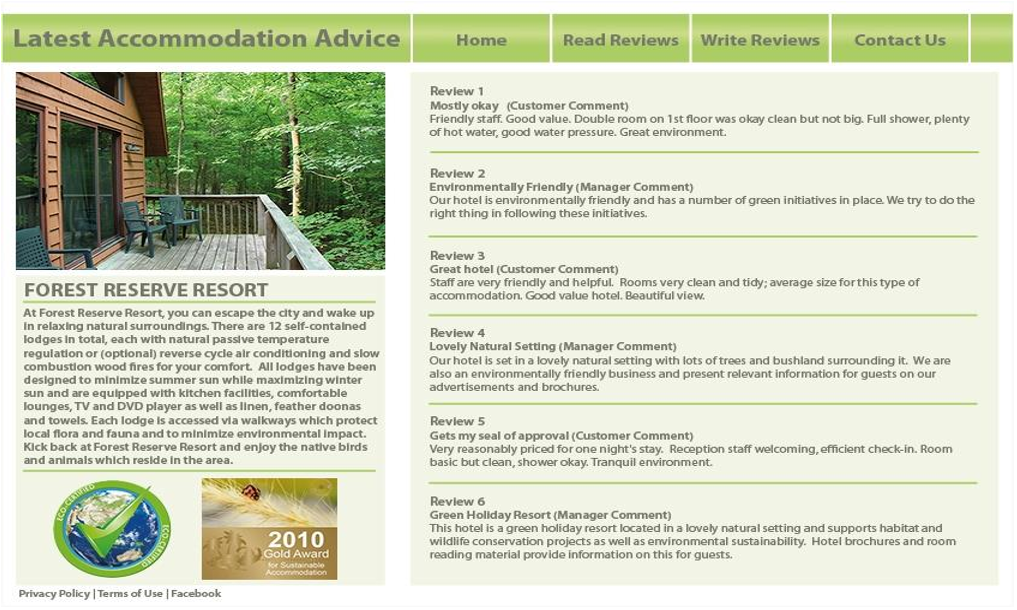Q2. What future works have the authors mentioned in the paper "Online travel reviews as persuasive communication: the effects of content type, source and certification logos on consumer behavior author" ?
While participants suggested that the simulated online review site was a reasonable reproduction of a real life social media site for an environmentally friendly resort, further studies involving different types of tourism resorts, including those without an environmental focus, would be useful to determine whether different contexts influence the effects of the antecedents on consumer attitudes and purchase intention in different ways. Whether consumers employ systematic or heuristic information processing when interpreting different aspects of website content or not may become more apparent through the collection of additional physiological evidence. Although the effects reported here were small, even small effects can be important for manipulations that are subtle, such as those used in this research ( Prentice and Miller, 1992 ). This argument may be particularly relevant in this study, in which heuristic information processing ( for example, quick decision making with the use of short cuts ) is likely to have been a significant process in respondents ’ formation of beliefs and subsequent attitudes, especially since respondents were not exposed repeatedly to the stimulus and had limited information available on which to make judgements.
Q3. What was the main effect of the analysis on the level of trust beliefs?
The analysis revealed a small but significant univariate main effect for content (F (1, 525) = 6.28, p =.012, η 2 = 0.01) (small effect) but no significant main effects for source or credibility cues.
Q4. What is the heuristic-systematic theory of information processing?
In addition, people tend to use other easily understood information as cues in the processing of information, and consistent with the heuristic information processing model, they may invoke simple if-then approaches when scanning the information available on a website.
Q5. What is the main effect of the message on customer perceptions?
The source of the message (who wrote it) had some influence on customer perceptions and thus beliefs, with customer-generated content generally viewed more trustworthy than manager-generated content.
Q6. What is the main reason why consumers are skeptical of online reviews?
Consumers are skeptical of any form of communication they perceive to be skewed toward the interests of the source of the information contained in that communication (Senecal & Nantel, 2004), and such skepticism is likely to be strongly associated with the issue of trust in the information as a direct result of trust in the source.
Q7. What is the effect of the manipulated variables on the beliefs of the model?
In stage two of the analyses the authors used three-way factorial ANOVA to test the effects of the manipulated variables on the belief components of the model.
Q8. What did the participants think of the simulated website?
Realism of stimulus materialResponses for three realism checks were also examined, with higher scores indicatingthat participants perceived the simulated website as more realistic and were more able to imagine using the site.
Q9. What are the main reasons why social media are becoming a major opportunity for many businesses?
Social media have evolved rapidly into a major opportunity and challenge for manybusinesses, especially in the hospitality and tourism sectors.





